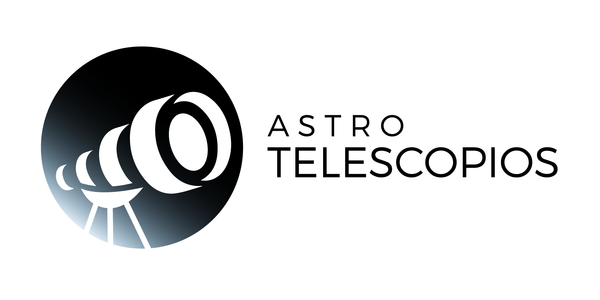
Basic knowledge about telescopes
What is the structure of telescopes?
They are made up of an optical system, a mount, a tripod and eyepieces. Here you will find more information about each individual component. The most notable difference lies in the design: above all a distinction is made between lens telescopes ( refractors ) and those with mirrors ( reflectors ) . For its part, each of these designs is divided into various subtypes.
Mirror or lens telescope? Schmidt-Cassegrain or Maksutov ? Anyone who is asked these difficult questions when purchasing a telescope should first inform themselves about the advantages and disadvantages of each design.
Lens Refractor Telescope:
- Fraunhofer Achromatic: classic principle of a refractor but with chromatic aberration.
- Apochromatic ED: Double or triple lens refractor with an ED lens that reduces most chromatic aberrations and ensures maximum contrast . Among these refractors are triple-lens optics with very good correction that compensate for chromatic aberration and curvature of the field of view and are therefore excellent for astrophotography.
Mirror reflecting telescope
- Newton reflector: Classic telescope in the style designed by Isaac Newton with a primary mirror and a secondary mirror. It is a very simple but effective system.
- Maksutov-Cassegrain: system composed of 2 mirrors, main and secondary, and a meniscus corrective lens .
- Schmidt-Cassegrain: similar to the Maksutov but with a Schmidt plate in front of the optics, instead of a corrective lens, to compensate for image errors.
Regarding optical characteristics such as lens aperture and focal length: the larger the tube aperture, the more light it captures. This characteristic is usually more important than the focal length , from which the magnification of the telescope is calculated.
A good refractor offers a beautiful image rich in contrast , because there is no component present in the light path that can cast shadows and reduce the amount of light captured ( something that does happen in mirror telescopes ). The so-called peaks do not appear and the open star clusters look well defined and very stylized. On the other hand, these telescopes are usually only made with small diameters because otherwise they can end up being unmanageable and too expensive. In addition, many short focal length refractors suffer from chromatic aberration.
On the other hand, the reflectors have very large diameters, which is why they capture so much light, which is essential for certain types of observation, for example, of the deep sky. If we compare a refractor and a reflector with the same aperture, the reflector is usually more affordable.
Let's now talk about mounts: they are divided between astronomical ( equatorial or parallactic ) and simple ( azimuthal ). The former are used for practically any type of astronomical observation, since they allow the telescope to rotate on a single gear and compensate for the rotation of the Earth , thus keeping celestial objects well framed.

Azimuth mounts are simpler in design and handling, weigh less and are especially suitable for land observation during the day.

Some telescopes are equipped with GoTo control , which allows you to align the telescope fully automatically with one of the thousands of celestial objects stored on a built-in computer at the touch of a button.

